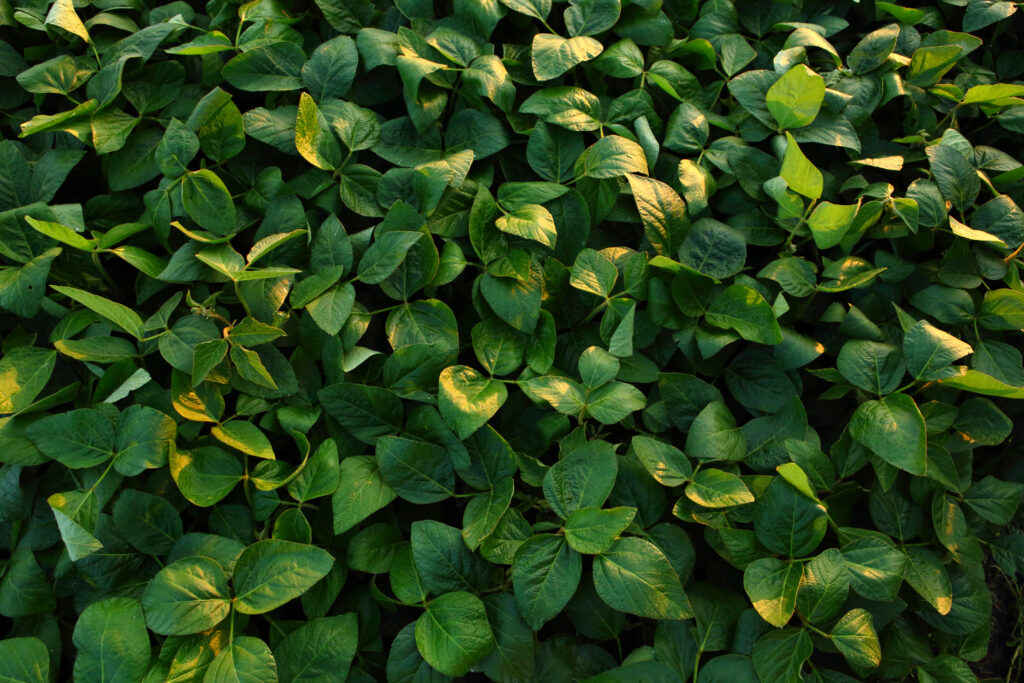Glyphosate tolerant weeds have taken the stage in the continued doom and gloom stories from the popular press. However, it has become forgotten that weed control is now, and always has been, a constant battle.
At one time, quackgrass was one of the primary weeds in Minnesota soybean fields. It was, and still is, extremely tolerant of any mechanical weed control method. Modern weed control efforts have reduced its impact, but that doesn’t mean quackgrass has gone away. It is just under control using our current technology.
Literature from the 1960’s indicated waterhemp was a minor weed problem. Today, it is a major headache for soybean growers. What is the take home message? Weed control is ever evolving. Proper identification of the problem and providing an adaptable management program is critical. A good manager starts with the basics, then develops a creative solution for their farm.
What are the basics?
- Scout in the fields. Know your fields, know your crop and know your weeds. Assess the fields for weeds and other problems as often as possible. Scout after canopy closure. The canopy will open again after growth stage 7 as the crop matures. Waterhemp, and other season long germinating weeds, will pop up and require control efforts.
- Effectively rotate crops and chemistries, add some form of mechanical weed control and include cover crops. Don’t do the same thing every time as it allows some pests to evolve around a management system.
- Scout the perimeter of your fields. Look beyond your field. Are there weeds in the ditches, along the fence line, on your tractor tire, or in your combine? Institute effective sanitation activities, mow the buffer area enough times to prevent problem weeds from going to seed and amp up the weed control efforts on those rows bordering weed infested areas.
- Be effective. Develop and institute an effective weed control program. Use both pre- and post-emergent herbicides at full recommended rates in a system that rotates Sites of Action (SOA).
- Scout for future years. Look back at what you have done. Think about what you will be doing. Sometimes the best place to scout is at your desk, reading your farm diary and contemplating your next step. Ask if your management program worked. If not, why not? What needs to be done next?
- Be persistent. Weed control is not a once a year activity. There are always more than one species of weeds present. Weed seed germination is complex and often unpredictable. To be effective over the long run, adopting a zero tolerance goal will go a long way on keeping a grower on top of the problem. Keep a diary of activities, review it often and ask yourself if you are being effective. What can be done better? What are you giving up by not controlling pests at certain times? No decision is trivial and should be approached in a logical manner. Knee jerk reactions tend to be ineffective.
A one size fits all program usually results in a poorly fitted suit. Educate yourself. Use the Take Action on Weeds website developed by the United Soybean Board (USB) and weed scientists from 10 states. It provides you with a bounty of information on weed species, herbicide modes of action and will help create a herbicide plan of action for your farm.
The program you develop should be tailored to your individual needs. Talk with Extension, farmers, your local crop consultant and other professionals whose judgement is trusted and develop a solution. Change it up somewhat from year to year. To be effective, you have to evolve as the weeds evolve.







